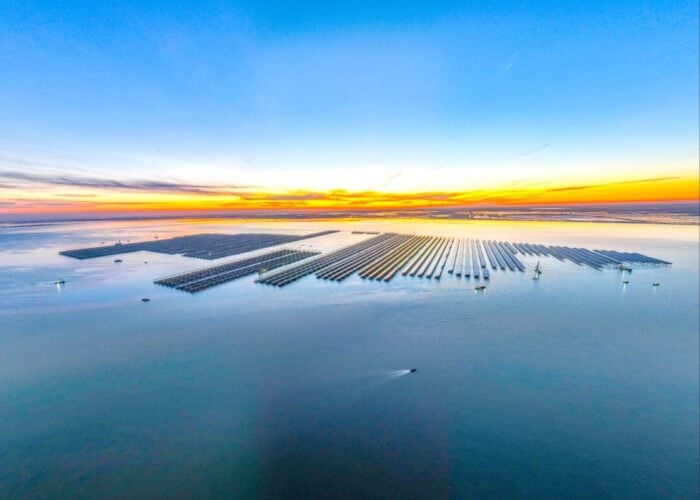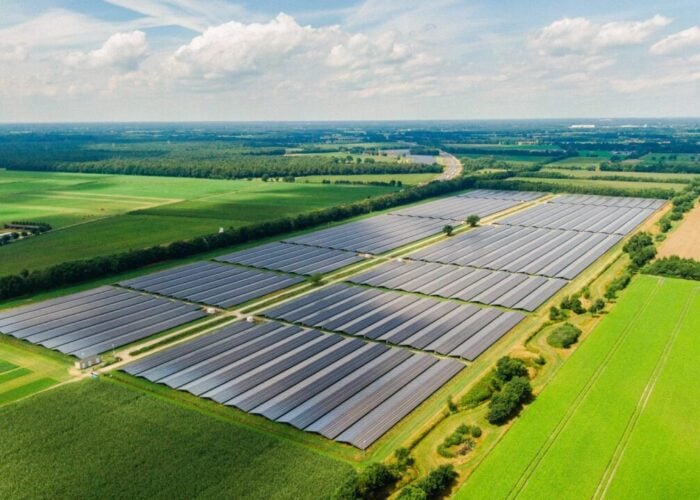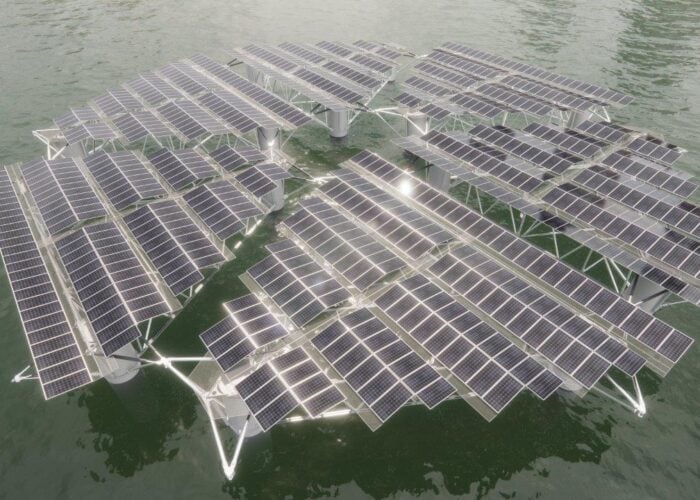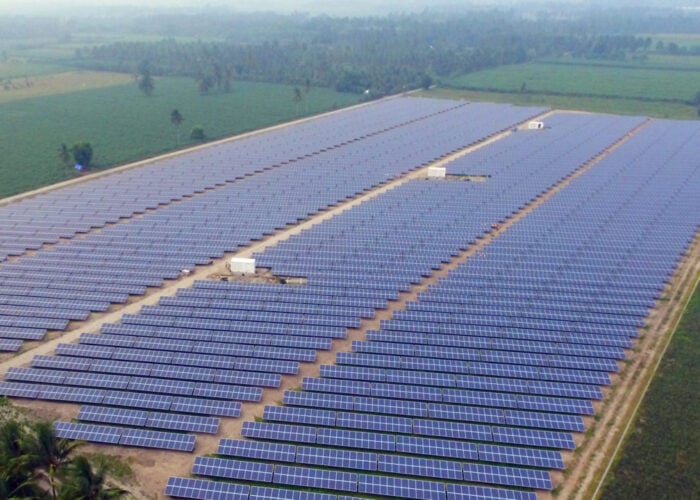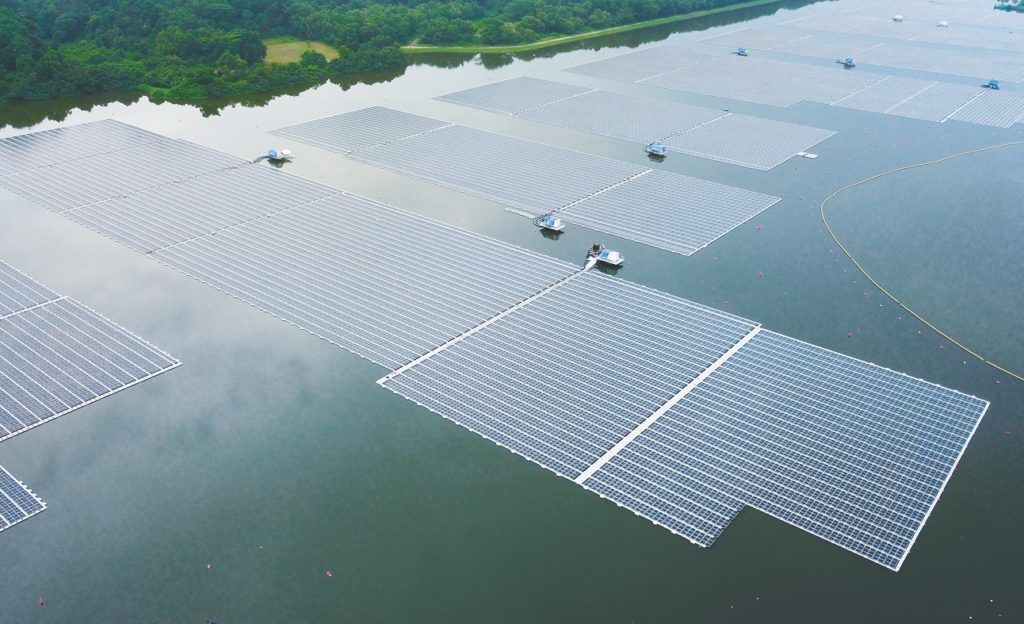
Energy advisory DNV has introduced two joint industry projects (JIPs) aimed to standardise the development of floating PV (FPV).
The two JIPs will aim to create an anchoring and mooring design standard as well as a float design, testing and qualification standard, both aimed to address specific issues to FPV structures.
Try Premium for just $1
- Full premium access for the first month at only $1
- Converts to an annual rate after 30 days unless cancelled
- Cancel anytime during the trial period
Premium Benefits
- Expert industry analysis and interviews
- Digital access to PV Tech Power journal
- Exclusive event discounts
Or get the full Premium subscription right away
Or continue reading this article for free
The first practice aimed to improve designs’ best practices around anchoring and mooring structure, will address challenges faced in the deployment of projects in larger islands with shallow drafts.
Whereas the second JIP, based on DNV’s own expertise and network in order to create a unified standard will introduce clearer, faster and cheaper performance-based procedures set to lower failure rates of FPV projects and improve its quality.
Still at a nascent phase, the growth of the FPV market is accelerating with 2GW of global installed capacity in 2020 and DNV estimates that 7-11GW will be installed by 2025. With Asia set to lead the industry in the next decade.
However, an FPV development standard was lacking which could cause delays and obstacles in permitting and authorisation as it relies in other sectors of the industry.
Last year DNV developed a recommended practice on the design, development and operation of FPV systems which was seen as a “first step” to standardise development of FPV.
Juan Carlos Arévalo, executive vice president at GPM&S, a DNV company, said: “This will not lead to the convergence of floating solar photovoltaic technology into a dominant concept, but rather establish a common approach to analysis and simulation that allows players to consistently improve on one another’s best practices and lay out industry-wide testing and quality assurance procedures.”
In October 2021, DNV awarded Chinese inverter manufacturer Sungrow the first statement of conformity for its anchoring and mooring design methodology for floating solar systems.

